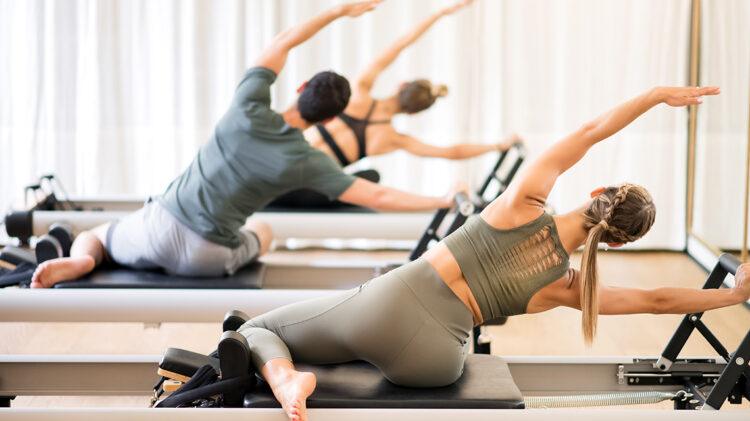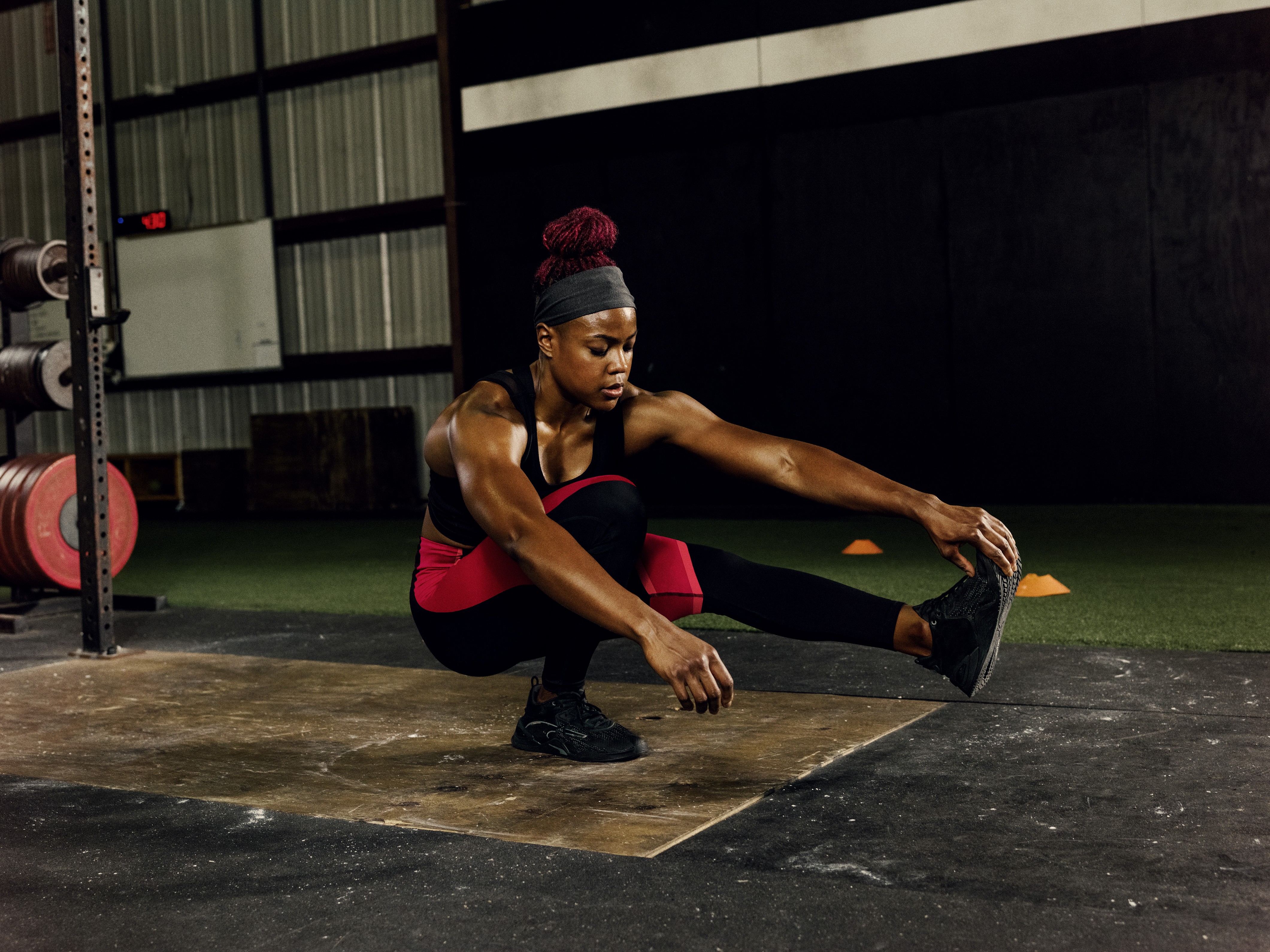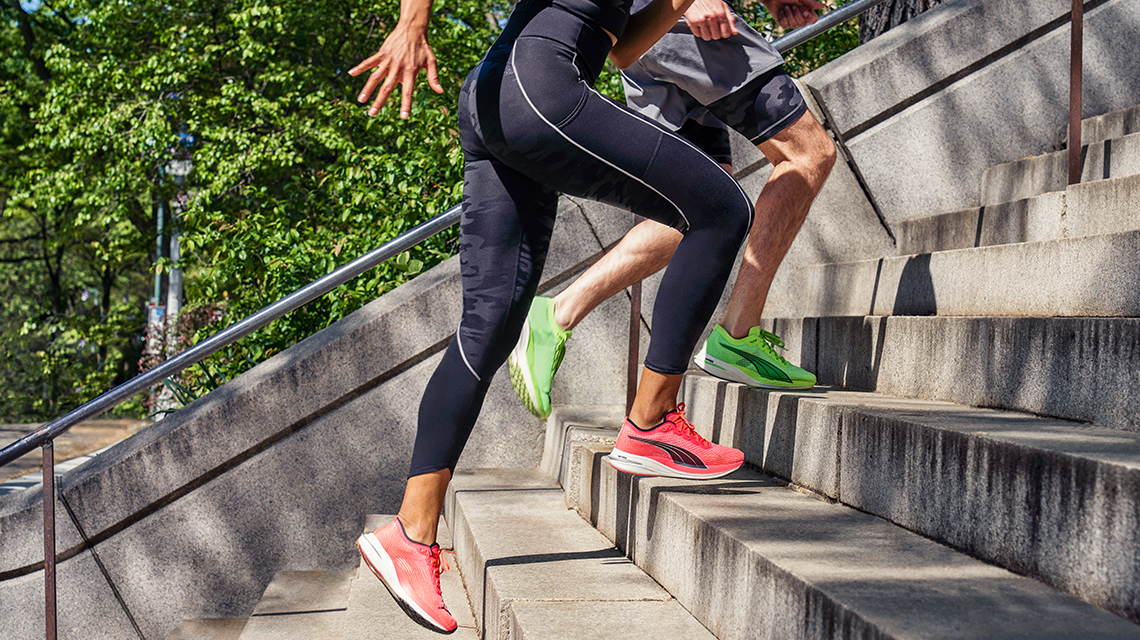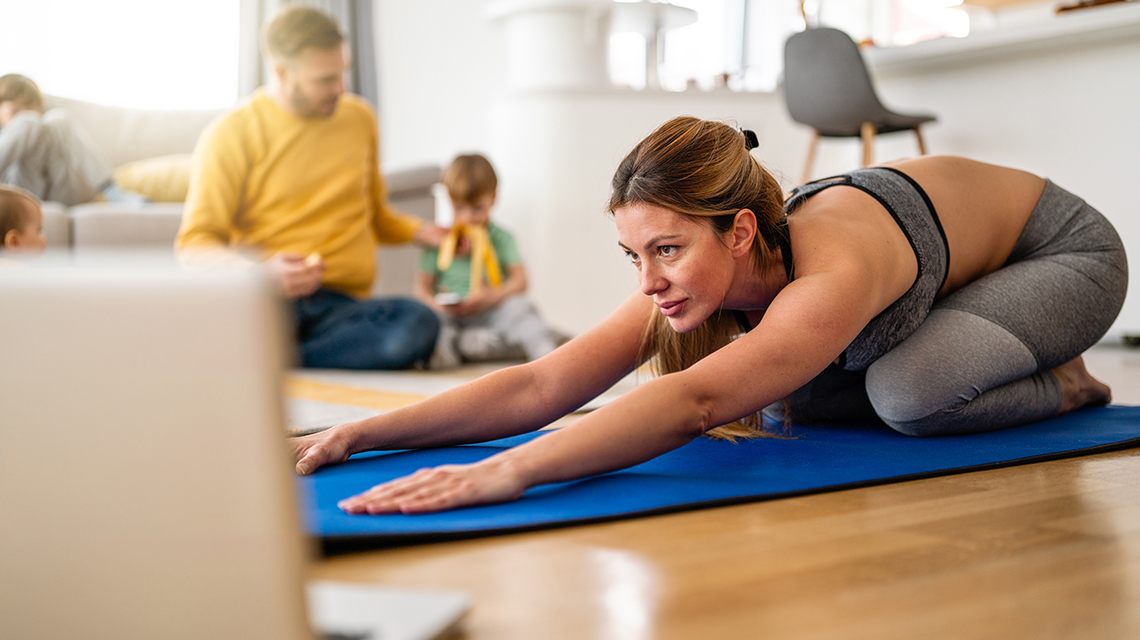
The Pilates Phenomenon
Powerhouse or Pop Trend
August 2, 2023Powerhouse or Pop Trend
August 2, 2023Maybe you’ve caught wind of the current Pilates boom in the fitness world, especially prevalent on social media platforms like TikTok where influencers are praising this low-impact workout method to high heaven.
But just what’s so special about Pilates and why does it seem to never really go out of style? We’ve done some research on its current resurgence and explored the history, health benefits and potential drawbacks of this fitness modality.
What Exactly Is Pilates?
Pilates is a type of low-impact, full-body workout that aims to emphasize the mind-body connection through precise and highly controlled movements. It is said to effectively combine elements of strength training, flexibility, and mindful movement. The focus is on gaining strength and mobility, improving posture and alignment, and strengthening core stabilizing muscles.
A Brief History
Pilates is currently having a moment, but it was actually invented in the early 20th century by Joseph Pilates, a German physical trainer and health enthusiast. Initially called “Contrology,” this exercise method was developed during World War I for rehabilitation purposes, to help injured soldiers regain their strength and mobility and balance neuromuscular patterns.
Pilates himself believed that physical and mental health were interconnected and designed exercises that emphasized breath control, concentration and especially core strength. The core is often called the body’s “powerhouse” and is thought to be the key to stability.
Pilates seriously hit the spotlight in the late 1990s when celebs started to flock to Pilates studios and show-off newly toned physiques, attributing it to this method. It then dipped in the late 2000s and early 2010s before booming once again with an influx of new fans, making it the current ‘it-workout’.
Are There Different Types of Pilates?
Whatever your exercise personality, it seems there’s a Pilates class to match. To help get a better understanding of Pilates and how to choose the style right for you, they can be broken down into several different styles:
- Classical: follows the original system of Joseph Pilates and includes both mat and apparatus work
- Mat: probably the most common type of Pilates because all you need is your body and yoga mat. This is the type of Pilates you usually see in Youtube videos, and it especially focuses on the core. It’s a great option for beginners
- Reformer: uses a reformer machine, which is a bed-like sliding frame with straps and springs, set on a platform. Exercises are similar to the above, but have the benefit of additional resistance from the machine’s springs and straps so they tend to be more intense
- Contemporary: considered a hybrid approach, it breaks down traditional Pilates sequences and splices in other types of movement like dance or yoga
- Stott: created by a ballerina called Moira Merrithew, this method incorporates rehabilitation techniques and props such as a foam roller or stability ball are often added
- Winsor: popularized by Mari Winsor with a focus on weight loss, this approach combines classical Pilates exercises in a specific, intense, and non-traditional order
So, Why Pilates?
Pilates devotees (and researchers) attribute the practise to numerous health benefits like:
- Core Strength and Stability: one of the primary focuses of Pilates is developing a strong and stable core. By targeting the deep abdominal muscles, Pilates exercises help improve posture, balance, and overall body stability. Enhanced core strength can alleviate back pain and reduce the risk of injuries.
- Flexibility and Range of Motion: Pilates incorporates a variety of stretching exercises that enhance flexibility and promote a healthy range of motion. Regular practice can improve joint mobility, muscle suppleness, and overall body flexibility.
- Muscle Tone and Strength: Pilates exercises target both large and small muscle groups, promoting balanced muscular development throughout the body. This comprehensive approach helps tone muscles, improve muscle strength, and enhance overall body coordination.
- Posture and Alignment: all that emphasis on proper alignment and body awareness in Pilates exercises can lead to improved posture. Strengthening the deep postural muscles helps support the spine and maintain a neutral alignment, reducing the risk of postural imbalances and associated issues.
- Injury Rehabilitation and Prevention: it is widely recognized for its rehabilitative benefits. The controlled and low-impact nature of the exercises makes it a popular choice for individuals recovering from injuries. Pilates can aid in the restoration of strength, flexibility, and coordination while minimizing strain on injured areas. Additionally, by addressing muscle imbalances and enhancing body awareness, Pilates can help prevent future injuries.
- Mind-Body Connection: aims to emphasize the connection between the mind and body. Focusing on breath control, concentration, and precise movements promotes mindfulness and body awareness. This mind-body approach can improve mental well-being, reduce stress, and enhance overall quality of life.
Advantages and Disadvantages of Pilates
Pilates is a versatile exercise method that can be adapted to accommodate individuals of different fitness levels, from beginners to advanced practitioners. The exercises can be modified to match individual needs, making them accessible to a wide range of people. It also includes multiple aspects of fitness, like strength, flexibility, balance, and coordination. The holistic nature of the method seems to ensure a well-rounded workout that promotes overall physical fitness and well-being while cultivating body awareness.
And the Disadvantages?
Well, for one Pilates offers limited cardiovascular benefits. Individuals seeking significant cardiovascular conditioning may need to supplement their Pilates routine with additional aerobic activities.
It’s also essential to learn the exercises correctly and receive proper guidance to prevent injury, so finding a qualified instructor is key to reaping those health benefits.
For gym goers who are seeking to build muscle mass and make gains, heavy weightlifting or bodybuilding is probably going to be more suitable. Pilates is generally better suited to shaping and sculpting, revealing the muscles below layers of fat.
Is It Really So Different From Yoga?
Although often bundled together, as both are low-impact workouts that focus on mind-body connection and share a range of poses, yoga typically holds the postures in stillness longer or flows from one to another, whereas Pilates typically has you adopt a position and pulse there, using your limbs as levers that make small and intense micro-movements. Also, yoga is a spiritual tradition and has aspects of this woven into the practice, while Pilates does not.
Bottom Line
Pilates seems to have earned its place as a popular exercise method due to its rich history, numerous health benefits, and thoughtful approach to fitness. Its emphasis on core strength, flexibility, and mindful movement contributes to improved physical fitness, mental well-being, and overall quality of life.
With its adaptability, Pilates is suitable for various fitness levels and can be customized to meet individual needs. While it may have some limitations, the positive impact of Pilates on overall health and wellness cannot be denied. So, whether you’re a fitness enthusiast looking to improve your well-being, or just interested in adding a new form of movement into your routine, it may be worth checking out the trend and giving Pilates a try so that you can experience its effects yourself.


